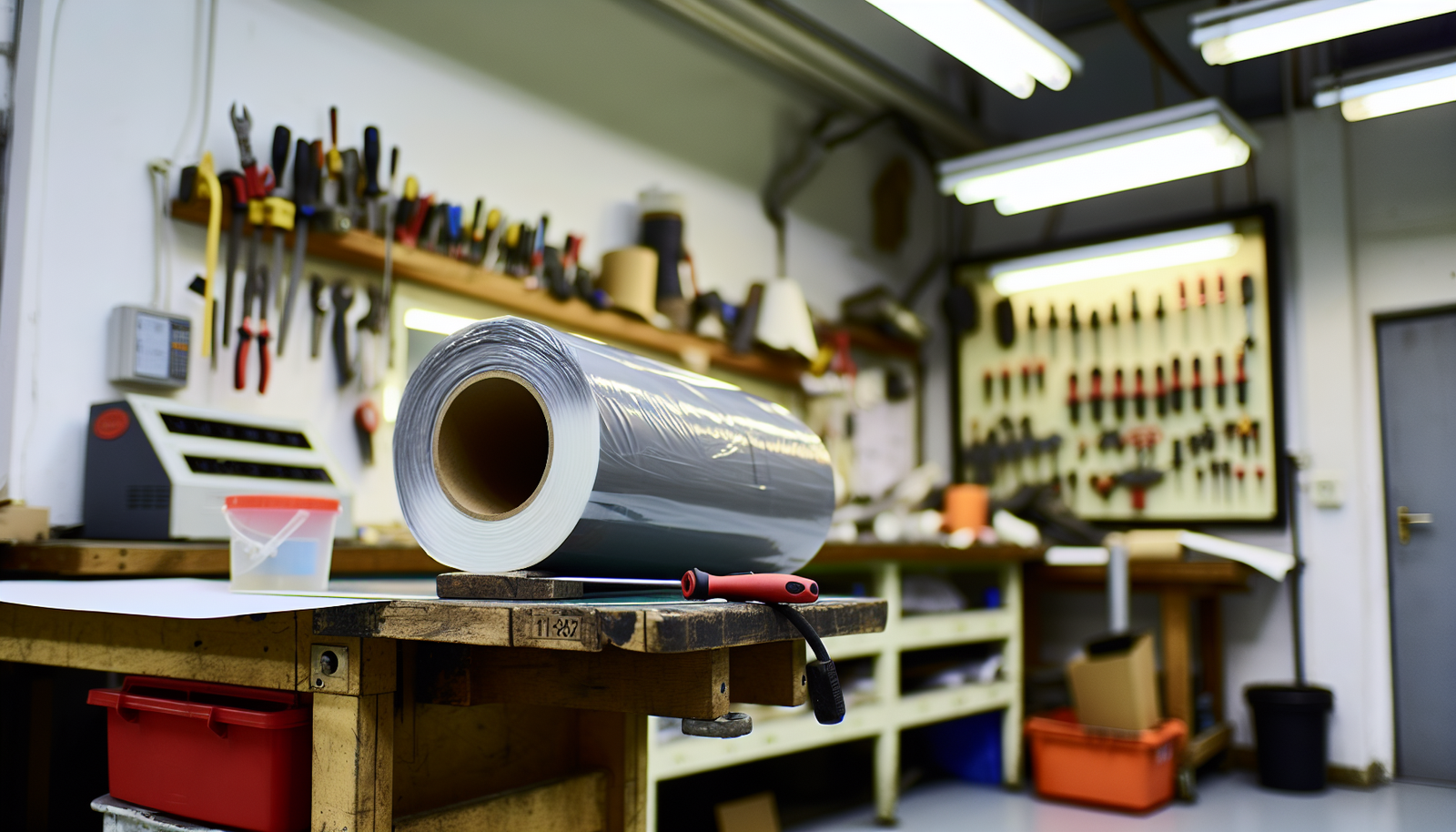In the realm of material science and engineering, the significance of härdplastutbildning, or polymer hardening training, cannot be overstated. This specialized training plays a pivotal role in equipping professionals with the knowledge and skills required to work with hardened plastics effectively. In this article, we will delve into the various aspects of härdplastutbildning, exploring its importance, key components, and the impact it has on the industry.
Understanding Härdplastutbildning
What is Härdplastutbildning? Härdplastutbildning, when translated from Swedish to English, means polymer hardening training. This training focuses on imparting knowledge related to the hardening processes of polymers, specifically plastics. It encompasses a range of techniques and methodologies used to strengthen and enhance the properties of plastic materials, making them more resilient and durable.
Importance in the Industry The plastic industry is vast and diverse, with applications ranging from packaging materials to automotive components. Härdplastutbildning is crucial for professionals working in this industry, as it empowers them to optimize plastic materials for various purposes. The demand for high-performance plastics has been steadily rising, and this training ensures that experts are well-equipped to meet these evolving industry needs.
Key Components of Härdplastutbildning
1. Polymer Chemistry Understanding the chemistry of polymers is fundamental to härdplastutbildning. Trainees delve into the molecular structure of plastics, learning how different chemical compositions influence the hardening process. This knowledge forms the basis for selecting appropriate hardening techniques and additives.
2. Hardening Techniques Härdplastutbildning covers an array of hardening techniques, including thermal hardening, chemical hardening, and radiation hardening. Trainees gain hands-on experience in applying these methods, honing their skills to effectively modify the properties of plastics based on specific requirements.
3. Quality Control and Testing Ensuring the quality and reliability of hardened plastics is paramount. Härdplastutbildning includes modules on quality control measures and testing procedures. Professionals learn to assess the physical, mechanical, and chemical properties of hardened plastics, ensuring they meet industry standards.
Impact on Industry Practices
1. Enhanced Product Performance Professionals with härdplastutbildning contribute to the development of high-performance plastic products. By implementing advanced hardening techniques, they enhance the durability, strength, and heat resistance of plastics, expanding their potential applications across industries.
2. Sustainability and Environmental Considerations The training also emphasizes sustainable practices in härdplastutbildning. Professionals learn about eco-friendly hardening methods and how to minimize the environmental impact of plastic production. This knowledge is essential in today’s era of increased focus on sustainable and eco-conscious manufacturing.
Conclusion
In conclusion, härdplastutbildning is a cornerstone of the plastic industry, providing professionals with the expertise needed to navigate the complexities of polymer hardening. As the demand for advanced and durable plastics continues to grow, the role of härdplastutbildning becomes increasingly pivotal. This comprehensive overview highlights the importance, key components, and the positive impact this specialized training has on industry practices. For those looking to delve deeper into härdplastutbildning, resources like https://härdplastkurs.se/ offer valuable insights and training opportunities to shape the future of the plastic industry.
